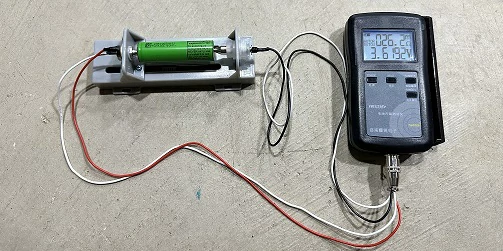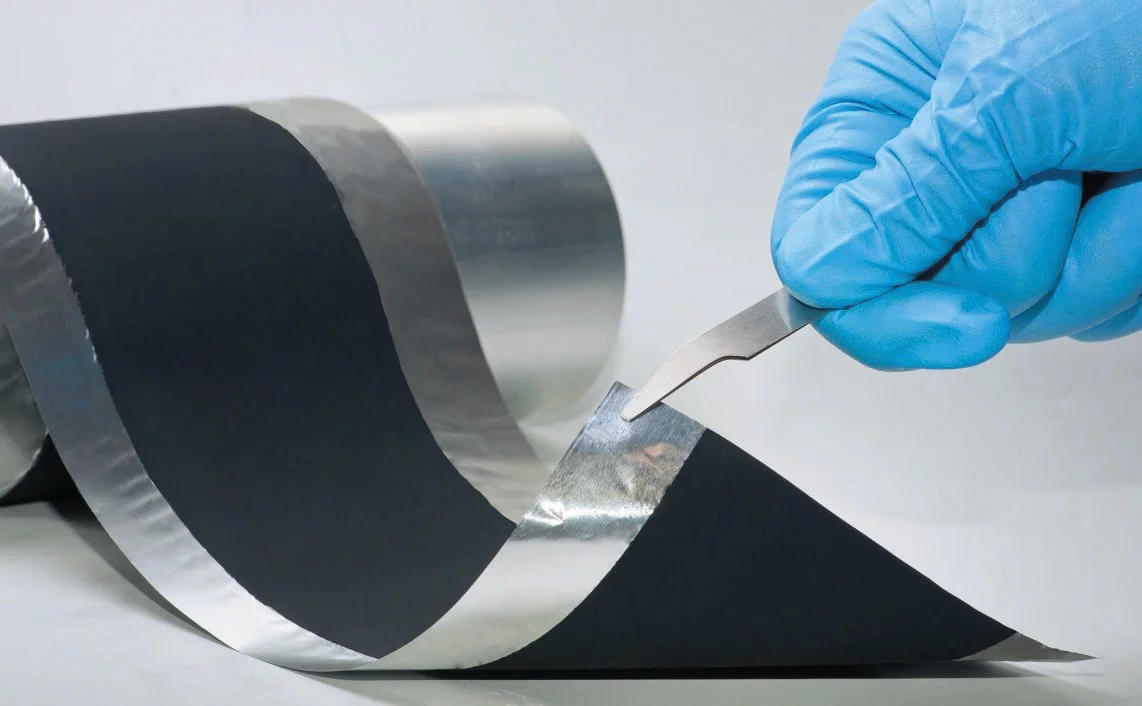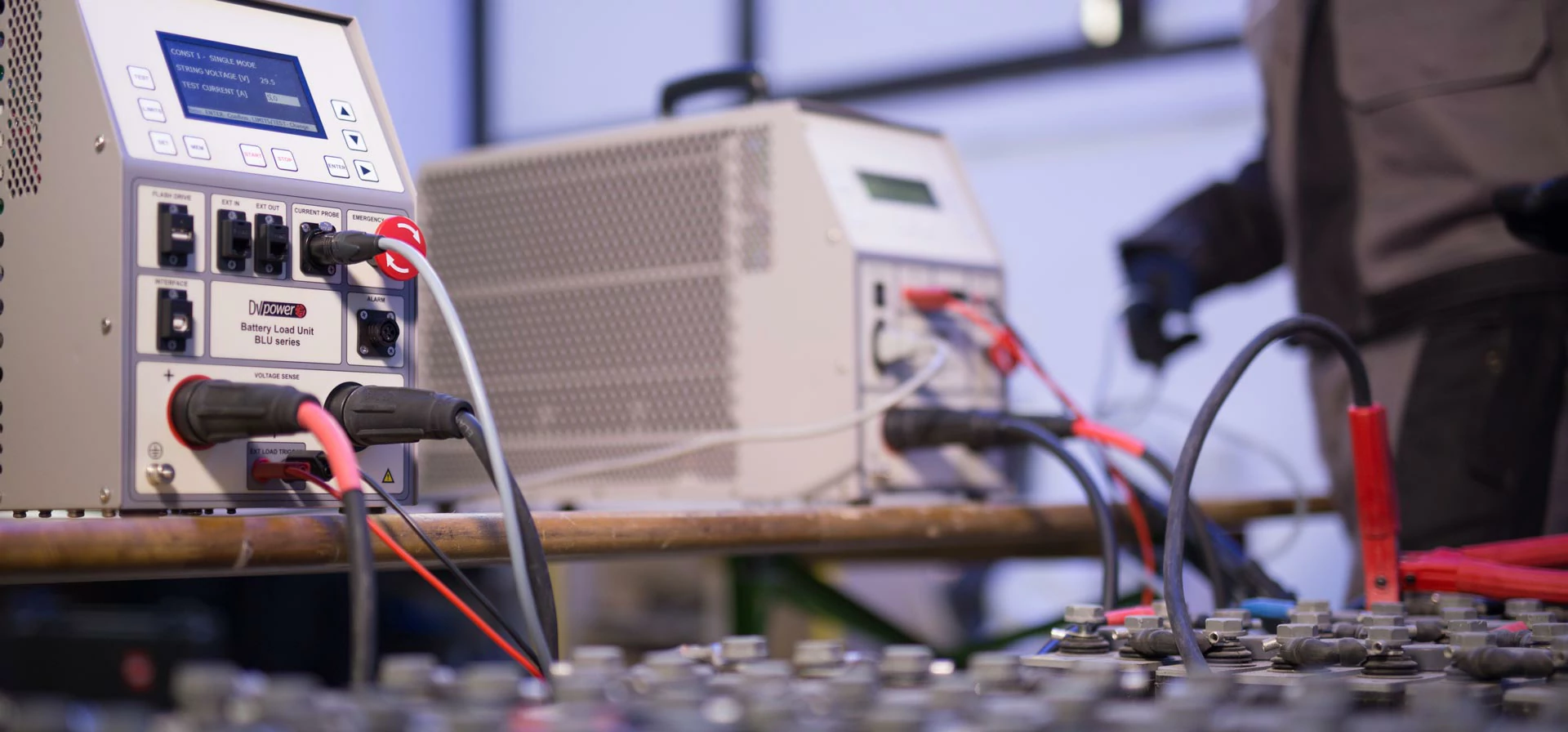Single cell internal resistance test With the continuous development of...
the function of negative electrode of lithium iron phosphate battery
Lithium iron phosphate battery is a type of lithium-ion battery that has attracted much attention. Due to its excellent safety, long cycle life and excellent thermal stability, it is widely used in electric vehicles, renewable energy storage and portable electronic devices. Among the various components of the battery, the negative plate is the key element, and its function is directly related to the performance and efficiency of the battery. This paper will discuss the main function of the negative electrode of lithium iron phosphate battery.
Storage and release of lithium ions
The most basic function of the negative plate is to provide space for lithium ion storage. During charging, lithium ions migrate from the positive electrode (LiFePO4) through the electrolyte to the negative electrode, embedded in the negative material (usually graphite). During the discharge process, lithium ions are released from the negative electrode and returned to the positive electrode. The high capacity and fast ionization embedding/deembedding capability of the negative electrode sheet directly determine the energy density and power output of the battery. The stable lithium storage capacity allows the negative plate to maintain consistent performance over multiple cycles.
Active participants in electrochemical reactions
The charging and discharging process of lithium iron phosphate battery involves several electrochemical reactions, in which the cathode material plays a crucial role. When the battery is charged, the negative electrode sheet realizes the electrochemical reaction through the admission and embedding of lithium ions. When discharging, the negative material releases lithium ions and conducts them through the electrolyte to the positive electrode. The material selection of the cathode plate directly affects the kinetic characteristics of the battery, including the reaction rate, charging and discharging efficiency.
Provide conductive access
The conductivity of the negative electrode sheet directly affects the current conduction efficiency. In order to ensure the smooth progress of the electrochemical reaction, the cathode material needs to have good electrical conductivity. Usually, conductive agents such as carbon black or conductive polymers are added to the negative electrode sheet to enhance the electrical conductivity of the electrons. The provision of this conductive path allows electrons to flow rapidly from the negative material to the external circuit during charge and discharge, thus improving the power density and cycling performance of the battery.
Stability of mechanical structure
As the charging and discharging cycle proceeds, the volume of the cathode material changes, especially when using silicon or other composite materials, the volume expansion and contraction may trigger the rupture and failure of the structure. The negative plate should be designed to ensure good mechanical strength and stability over multiple cycles. Specific binders (such as polyvinylidene fluoride, PVDF) can be used to enhance the bonding property of the material, ensure that the components of the material is closely combined, thereby improving the overall structural stability of the negative electrode sheet.
Thermal management and safety
The negative plate will generate some heat during charging and discharging, especially at high power output. Material selection and structure design affect its thermal conductivity. A well-constructed negative plate can effectively disperse heat and reduce the safety risk of the battery under high load. The use of materials with high thermal stability can avoid thermal runaway caused by overheating, thereby improving the safety of the battery. This is also one of the important reasons why lithium iron phosphate batteries are favored.
conclusion
The function of the negative electrode of lithium iron phosphate battery is demonstrated by effective storage of lithium ions, participation in electrochemical reactions, provision of conductive access, maintenance of mechanical structure stability, ensuring thermal management and safety, and improving battery cycle life. With the development of technology and the progress of material science, there is still a broad research space for the design and optimization of negative electrode. In the future, it is expected to further improve the performance and stability of lithium iron phosphate battery, and promote its application in electric vehicles and energy storage systems.

Home energy storage product series
A lithium battery pack for home energy storage systems, which is compatible with solar panels and the sun The inverter can work together with the power grid to power household appliances, and it can also be used as a For off grid systems.
Extended reading
The introduction of the battery electrode
The introduction of the battery electrode The pole plate is...
Capacity testing of single cell batteries
Capacity testing of single cell batteries As the most basic...
THE ESSC Brand promise
Global supply
Our products sell well all over the world, covering many countries and regions, through the global logistics network, to provide customers with convenient purchasing experience.
Rigorous quality
We adhere to the highest quality control standards to ensure every product meets industry regulations and customer expectations, earning trust through consistent excellence.
Excellent service
With a customer-centric approach, we provide prompt responses, professional support, and personalized services, aiming to deliver the best user experience and long-term value.


